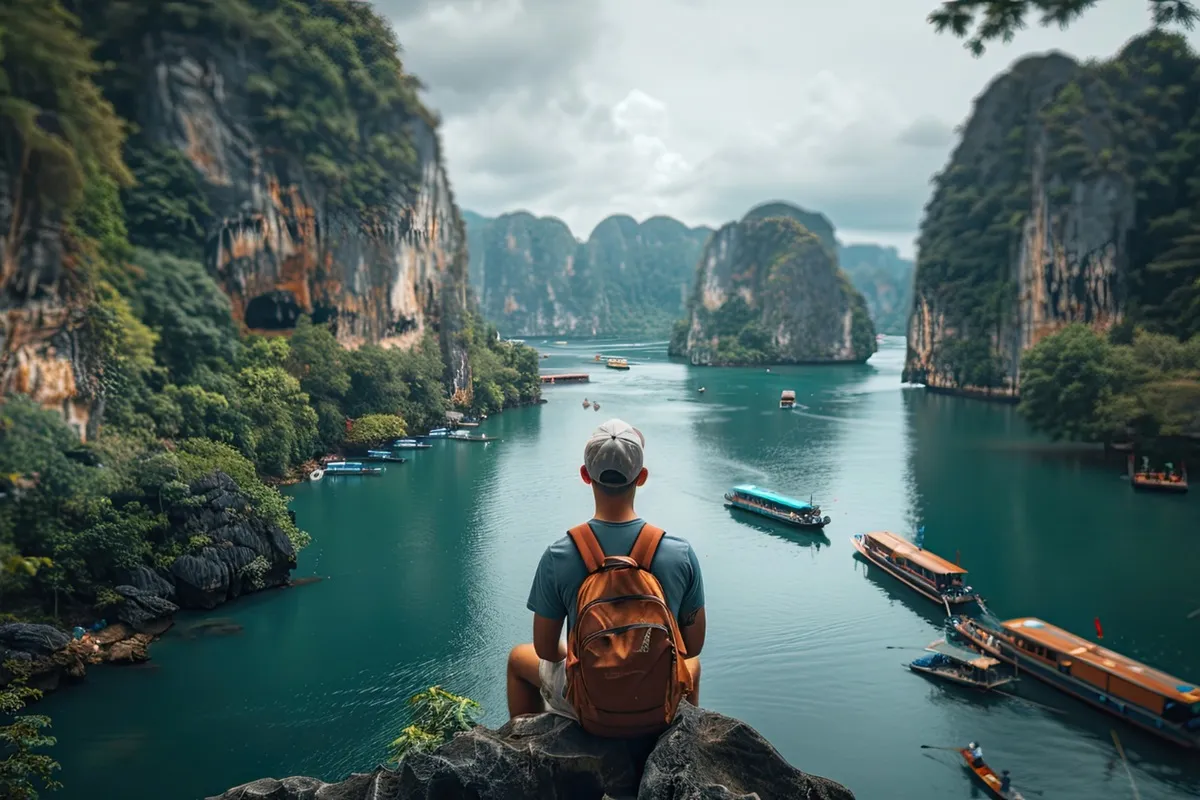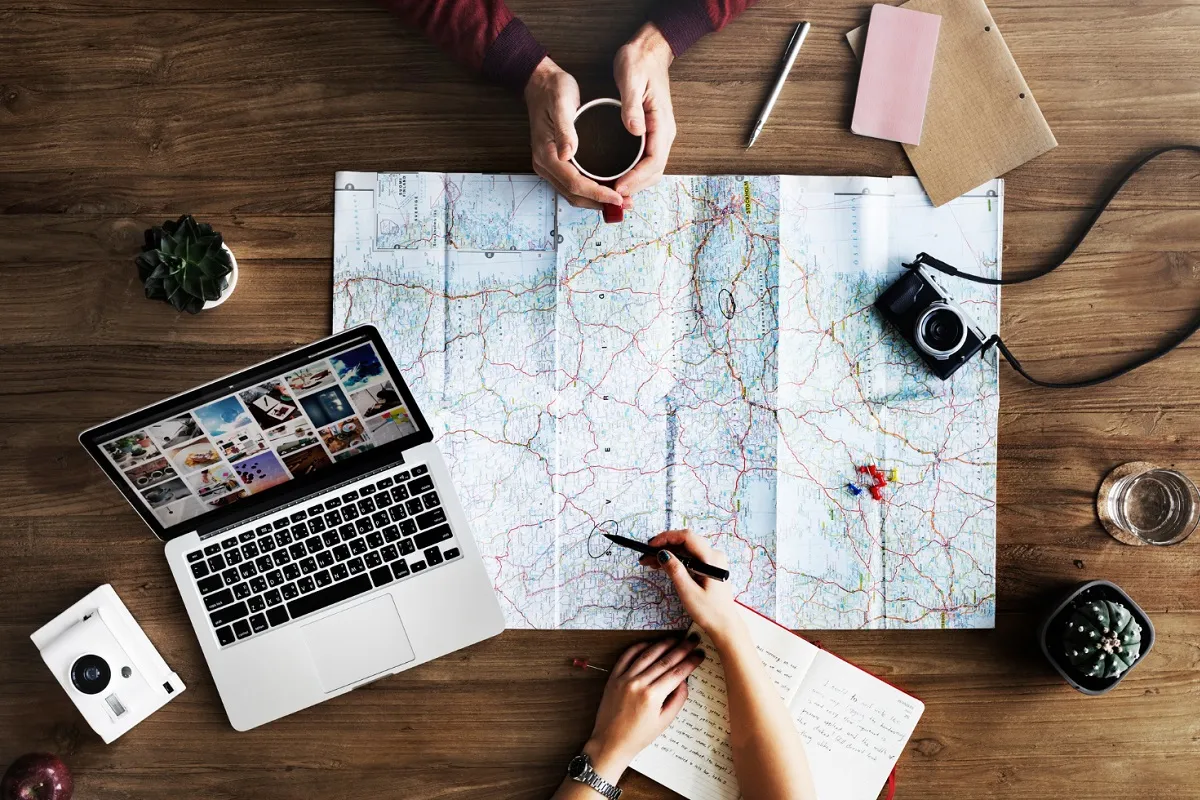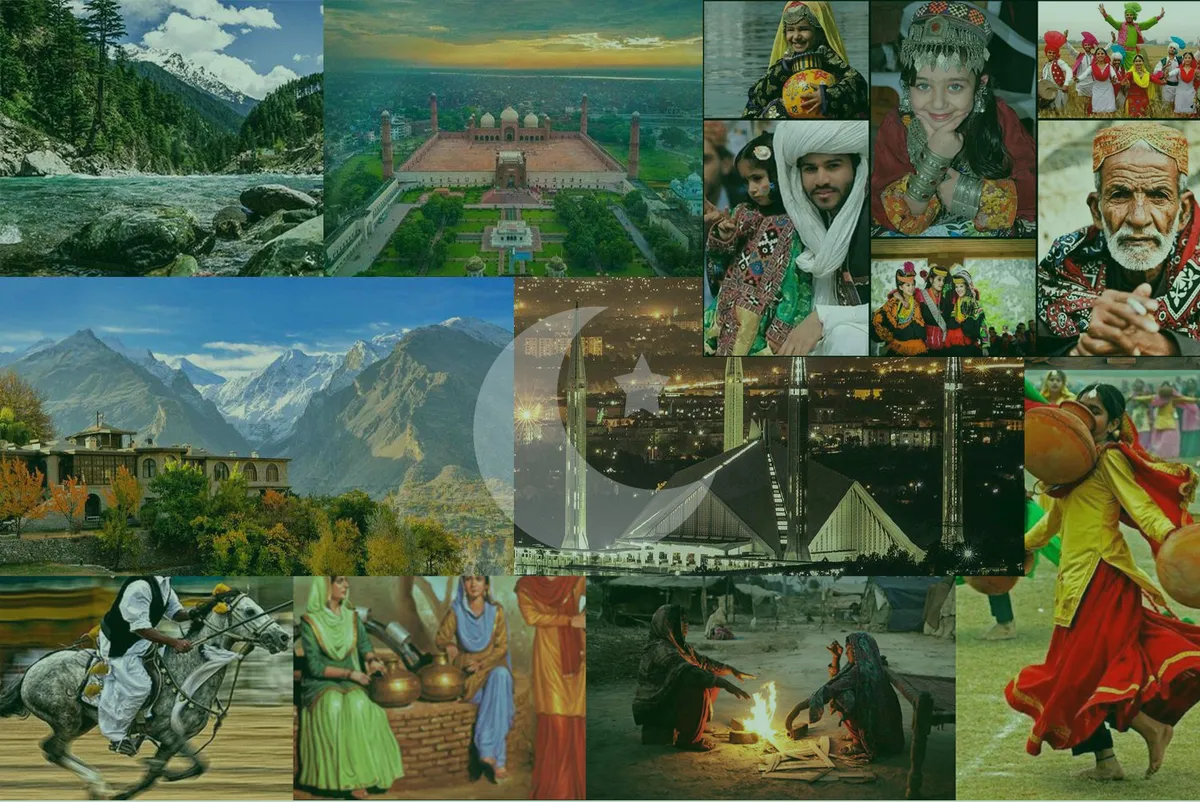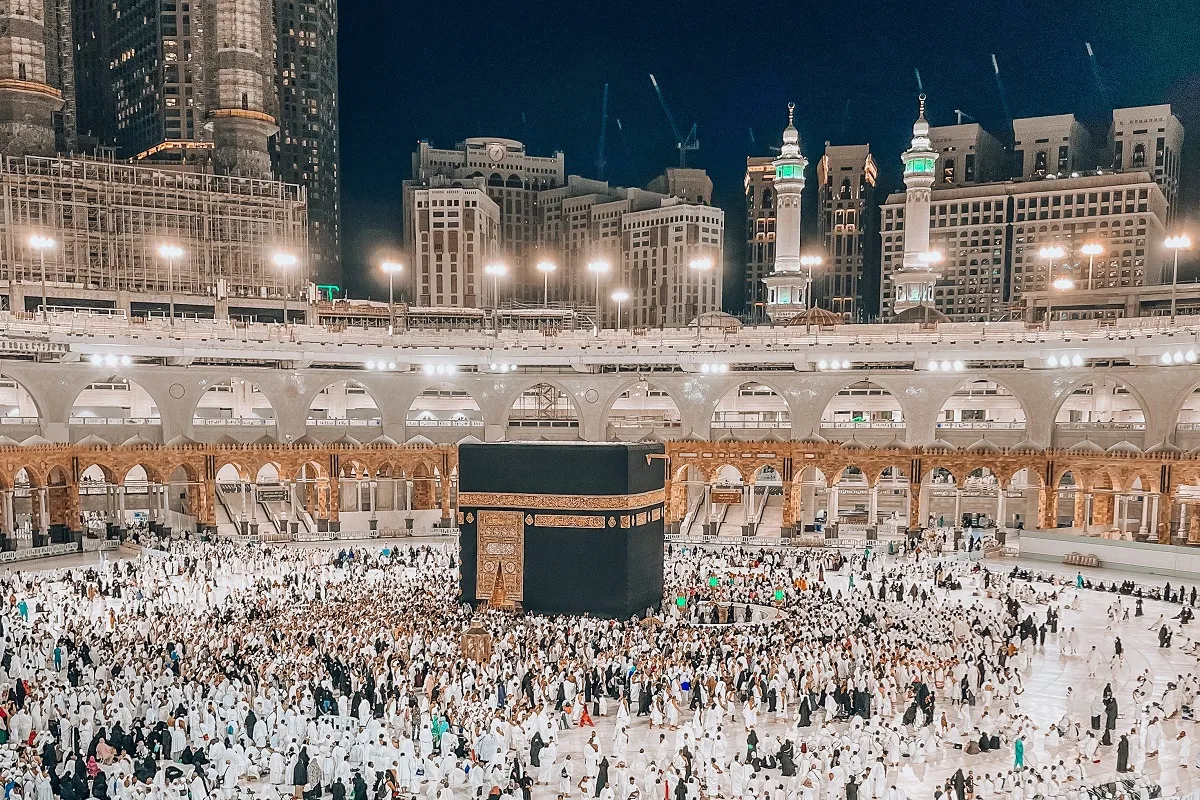When planning a trip, safety is one of the most important factors to consider.
While every destination offers unique experiences, some countries stand out for their high safety standards. Whether it’s political stability, low crime rates, or excellent healthcare, these factors contribute to making certain countries safer for travelers.
In this blog, we’ll explore the safest countries to visit, the key factors that contribute to their safety, and provide helpful tips to ensure you have a secure and enjoyable journey.
2. Factors Contributing to Travel Safety
Political Stability
A country’s political stability greatly influences its safety. Countries with stable governments are less likely to experience sudden unrest, protests, or political violence. This makes them more predictable and safer for tourists.
Travelers should avoid regions where political instability could lead to protests, civil unrest, or sudden changes in government policies that could affect tourism.
Crime Rates
Countries with low crime rates offer peace of mind to travelers. Petty crimes, such as theft, and serious crimes like violence can be concerning for tourists.
Countries that actively control crime through efficient law enforcement and social structures tend to rank higher in safety.
Natural Disasters
Natural disasters, such as earthquakes, hurricanes, and floods, can be unpredictable and pose a serious risk to travelers. Countries that experience fewer natural disasters or have robust emergency preparedness systems are considered safer travel destinations.
Countries that invest in disaster preparedness, such as Japan’s earthquake-resistant infrastructure, are considered safer despite their vulnerability to natural disasters.
Healthcare
Access to quality healthcare is vital for any traveler. A country with a strong healthcare system can provide immediate and effective treatment if travelers fall ill or face emergencies.
Countries with universal healthcare or high-quality private medical facilities tend to offer more safety in case of health-related concerns.
Cultural Factors
Understanding and respecting local cultures is key to safe travel. In countries where cultural norms are well-communicated and understood, travelers are less likely to face conflict.
Countries known for their hospitality and open-mindedness often provide safer environments for international tourists.
Top Safest Countries (Based on Recent Data)
Detailed Analysis of the Top-Ranked Countries
Several global indices rank countries based on safety. Let’s explore some of the top-ranked countries:
- Global Peace Index: This index ranks countries based on safety and peacefulness. Countries like Iceland, New Zealand, and Portugal consistently top the list for their low crime rates, political stability, and high quality of life.
- Safe Cities Index: This index, published by The Economist, evaluates cities worldwide based on factors like infrastructure safety, personal security, and digital security. Cities like Tokyo, Singapore, and Amsterdam rank among the safest.
- Travel Risk Map: This tool helps assess risks to travelers, highlighting countries that have the lowest travel risk in terms of security, medical, and road safety. Countries like Norway, Switzerland, and Finland rank highly on this map.
Key Factors Contributing to Their Safety Rankings
- Iceland: Known for its political stability, low crime rates, and strong social systems, Iceland consistently ranks as the safest country in the world. Its small population and close-knit communities contribute to its safety.
- New Zealand: With low crime rates, stunning natural landscapes, and a welcoming culture, New Zealand is a popular destination for solo and family travelers. It also boasts a stable government and efficient healthcare.
- Japan: Japan combines high levels of personal safety with a robust emergency preparedness system. Despite being prone to natural disasters, Japan’s preparedness and low crime rate make it a safe place to visit.
Examples of Popular Tourist Destinations
- Iceland: Reykjavik, the Blue Lagoon, and the Golden Circle are popular tourist spots where safety is a top priority.
- New Zealand: Tourists flock to places like Queenstown, Rotorua, and Fiordland National Park, all known for their stunning beauty and safe environments.
- Japan: Tokyo, Kyoto, and Osaka are not only known for their cultural heritage but also for their excellent safety standards.
4. Tips for Safe Travel
Pre-Trip Research
Before embarking on any trip, it’s essential to do your homework. Research the local laws, customs, and current political situation.
Keep updated on travel advisories and ensure you have all necessary documentation, such as travel insurance and emergency contacts.
Personal Security
Always keep your valuables secure, especially in busy tourist areas. Use anti-theft bags and avoid displaying expensive items like jewelry or electronics.
Be aware of your surroundings and trust your instincts if something feels unsafe.
Health and Wellness
Ensure you have all the necessary vaccinations before traveling. Carry a small first-aid kit and know where the nearest hospital or clinic is located.
If you’re traveling to a country with a different climate or food culture, be mindful of potential health risks such as dehydration or foodborne illnesses.
Cultural Sensitivity
Understanding and respecting local customs is key to staying safe. Research basic cultural practices before you travel, such as appropriate clothing, religious customs, and social behavior. Respect for the local culture often leads to a more enjoyable and safer travel experience.
Conclusion
Traveling to the safest countries allows for a more relaxing and enjoyable experience.
By understanding the factors that contribute to safety—such as political stability, low crime rates, healthcare, and cultural factors—you can make informed decisions when planning your trip.
Whether you’re exploring the scenic landscapes of New Zealand or experiencing the rich culture of Japan, ensuring your safety will make your journey even more memorable.




